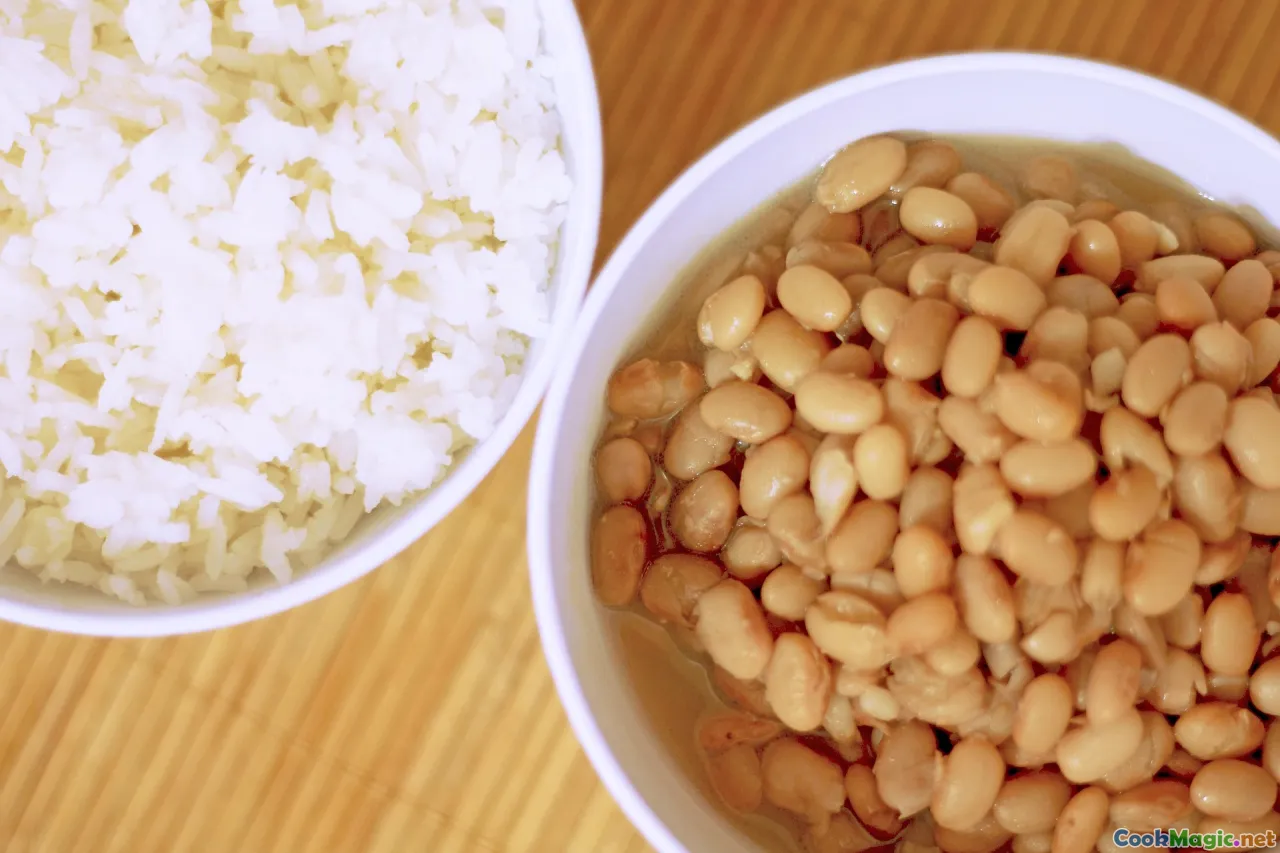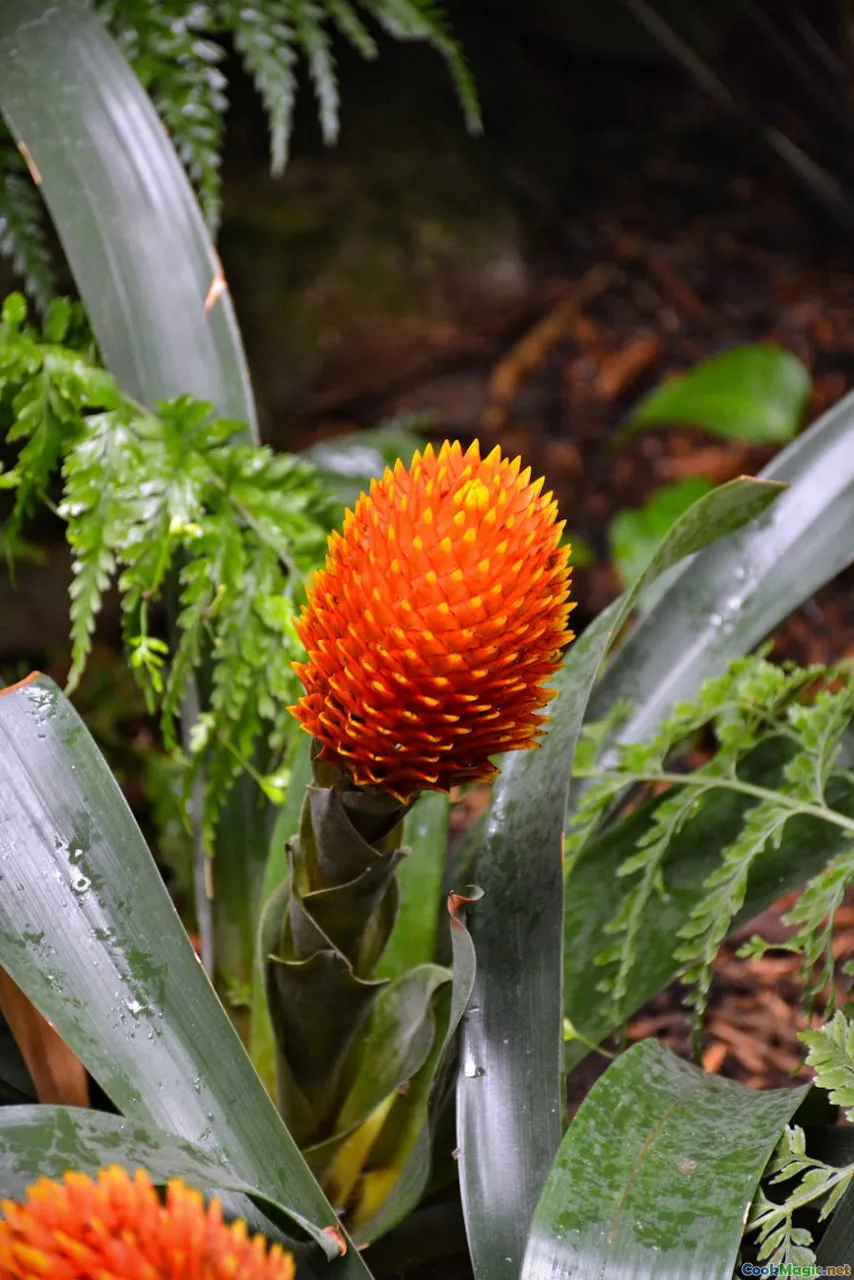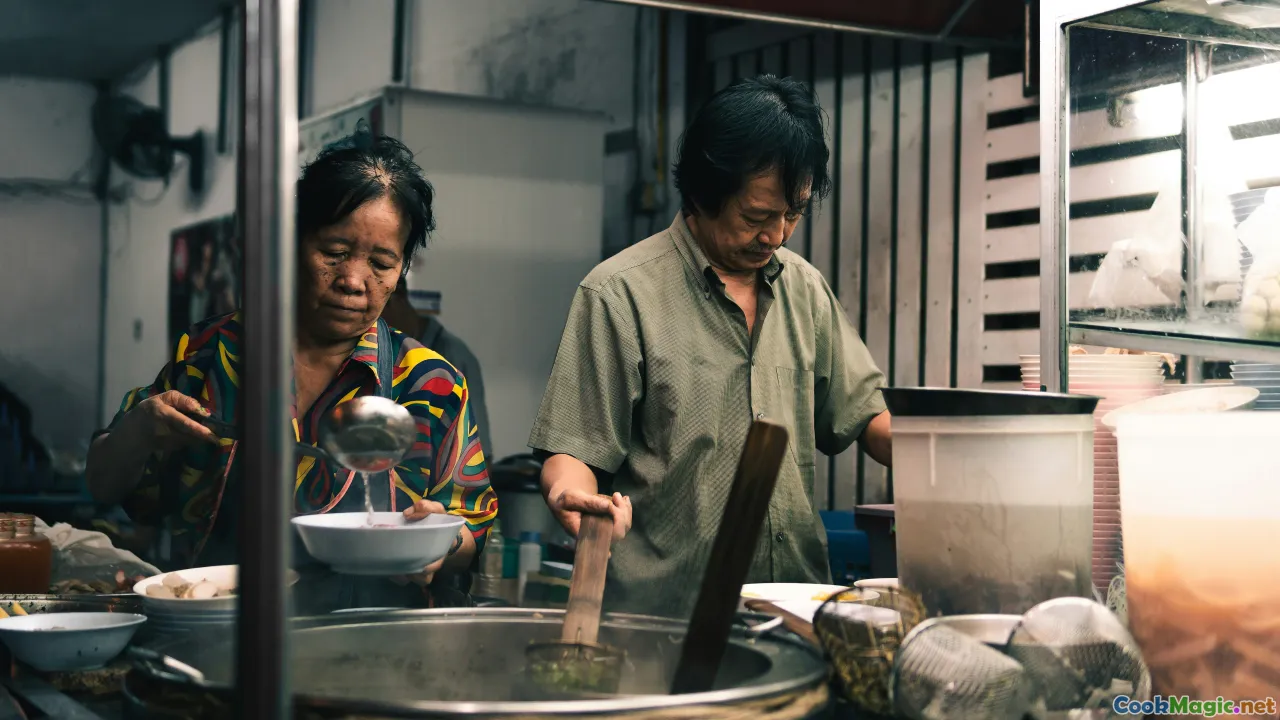Understanding Fernroot in Historic Māori Diets
10 min read Explore the cultural significance and culinary uses of fernroot in historic Māori diets, revealing ancient food preparation and cultural heritage. August 02, 2025 06:05
Understanding Fernroot in Historic Māori Diets
Imagine walking through lush New Zealand bush, the air thick with the earthy aroma of damp ferns and rich soils. Beneath the towering kahikatea and pondering the ancient ways of Māori ancestors, you encounter the humble yet vital component of their diet—fernroot. This plant, unassuming at first glance, was a cornerstone of survival, sustenance, and spiritual significance for the Māori people. Its story weaves a tapestry of ingenuity, resilience, and profound connection to land and tradition.
In this exploration, we delve deep into the world of fernroot, uncovering its role in historic Māori diets, tasting its influence on traditional dishes, and understanding its cultural significance that resonates through generations.
The Cultural Significance of Fernroot in Māori Society

Fernroot, or aruhe, is more than just a food source for the Māori—it's a symbol of sustenance, ingenuity, and survival. As Māori communities transitioned from a hunter-gatherer to an agricultural society, they harnessed local flora like the bracken fern, especially the rhizomes, as vital energy sources.
Historical Māori narratives recount how fernroot was associated with communal identity and spiritual offerings. It was often gathered during seasonal celebrations and used as offerings to atua (gods) during significant rites. The relaxation of the body and mind when consuming fernroot, intertwined with reverence, elevates it beyond mere nourishment.
Furthermore, stories tell of how aruhe allowed Māori to thrive in times of hardship, especially during periods of disharmony or environmental change. The trusted knowledge of where, when, and how to harvest fernroot ensured survival through lean seasons.
Botanical Profile: What Is Fernroot?

Fernroot is derived primarily from certain types of native ferns, notably the bracken fern (Pteridium esculentum), which was abundant in ancient Māori environments. These ferns thrive in moist, shaded forests and mountainous regions. The rhizomes—thick underground stems—are harvested after careful seasonal timing.
The rhizomes are robust, roughly the size of a clenched fist, with a rough, fibrous exterior and a starchy, fibrous interior. The processed fernroot has a pale beige hue, slightly fibrous texture, and a mild, earthy aroma that calms the senses.
It is rich in carbohydrates, providing essential energy for early Māori life, especially during fishing and hunting expeditions.
Traditional Harvesting and Preparation Methods

Harvesting fernroot was a community activity, often undertaken with specialized tools such as carved wooden digging sticks (kōrakoorkōrapa). Māori knew the precise seasons—typically late summer to early autumn—to target the rhizomes, ensuring optimal sweetness and nutrition.
Once dug, the rhizomes were cleaned meticulously in streams, removing soil, debris, and fibrous remnants. The longest part of the process was the slow roasting—a crucial step to render the fernroot edible and to mellow its earthy flavor.
Traditionally, Māori used underground earth ovens (hāngī), lining pits with heated stones, and layered fernroot between leaves or woven mats. The fernroot was wrapped in muka (flax fiber) or leaves to contain its aroma and facilitate even cooking.
Cooking times varied, but slow roasting for several hours converted the tough rhizomes into a soft, pliable, starchy mash. This process also reduced tannins and bitterness, transforming the fernroot into a delicacy.
The Culinary Characteristics of Fernroot

Once cooked, fernroot develops a unique texture—soft, slightly gummy, with a subtle fibrous chew that demands slow, satisfying bites. The flavor profile can be described as earthy and nutty, with a faint sweetness that lingers on the palate.
Its versatility is evident: the mashed fernroot could be eaten as is, mixed into soups, or incorporated into woven bread-like bread (parae), shared around communal gatherings.
A great deal of texting and tasting reveals nostalgic mouthsful—that sheepish, satisfying feeling akin to eating wild root vegetables like parsnips or sweet potatoes, albeit with a distinctive indigenous twist.
Fernroot Dishes in Māori Culture and History

While it may seem simple, fernroot served as the foundation in numerous traditional Māori dishes, especially during celebratory occasions.
Fernroot Mash (Aruhe Pāheke)
In its pure form, the mashed fernroot was considered comfort food—smooth, hearty, and filling. It was sometimes mixed with native spices like kūkū(wild ginger) orkotukutuku (bush lichen) to enhance its flavor.
Fernroot Husked Pākehā (bread)
In some regions, dried fernroot was ground into powder and mixed with water to form a dough, then baked on hot stones or cookstones during feasts.
Fernroot in Rēwena Bread Variations
Although rēwena bread is more commonly made with potato, historical Māori versions include fernroot flour, creating a chewy, earthy richness.
Use in Rituals and Ceremonies
Fernroot was a vital component during the tōhunga(rites of passage). Consuming fernroot symbolized unity and continuity with ancestors. The ritual gathering around anhāngī reinforced bonds and honored traditions.
Modern Reflections and Revival of Traditional Fernroot Preparation

Today, the sacred practice of harvesting and cooking fernroot remains alive in Māori communities. Enthusiasts and chefs are exploring ways to preserve authentic methods and incorporate fernroot into contemporary cuisine.
Contemporary Māori chefs, inspired by ancestral techniques, bake fernroot on low-temperature heat, blending it into nutrient-dense smoothies, or infusing it in modern breads and energy bars. This movement aims to reconnect youth with their roots and promote cultural pride.
Some Māori culinary tours feature fernroot preparations, offering visitors an immersive experience: a smoky hāngī oven, the earthy smell of roasting rhizomes, and the communal cheer of sharing ancestral food.
Tips for Appreciating Fernroot in Your Culinary Journey
- Seek Authenticity: When exploring fernroot, look for Māori-run producers or festivals that maintain traditional harvesting and cooking techniques.
- Experiment: Try adding cooked fernroot to root vegetable stews or blending it into bread dough for rustic, earthy flavors.
- Respect the Land: Remember that fernroot harvesting is a cultural practice. Always approach it with respect, understanding its sacred context, and adhere to local guidelines.
- Taste Mindfully: Savor the earthy aroma and chewy texture—appreciate its role as a holistic gift from the land.
Embracing the Spirit of Ancestors through Fernroot
The story of fernroot transcends mere sustenance—it embodies resilience, cultural survival, and a deep spiritual bond with New Zealand’s native landscape. As modern chefs and food lovers alike seek authentic experiences, reconnecting with this ancient Māori staple offers a flavorful portal into a rich, sacred heritage.
Whether enjoyed traditionally in a hāngī or reimagined in contemporary fusion dishes, fernroot remains a testament to Māori ingenuity—a humble root that nourished generations and continues to inspire culinary storytellers today.
In your culinary explorations, may you find reverence in every earthy bite, and continue the timeless journey of honoring Māori traditions through the language of flavor.









